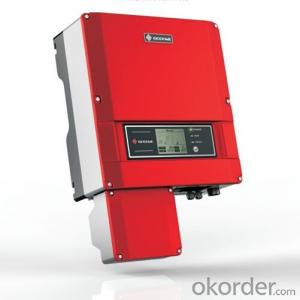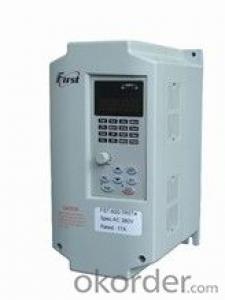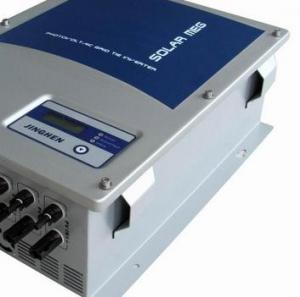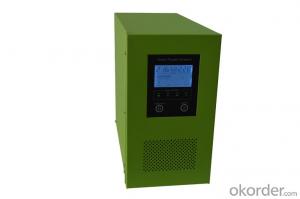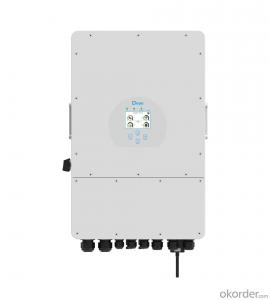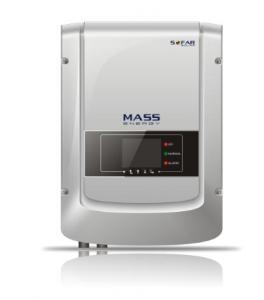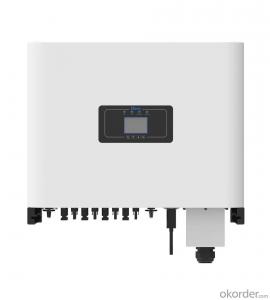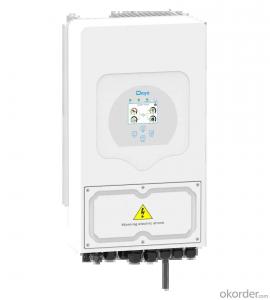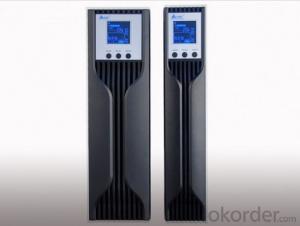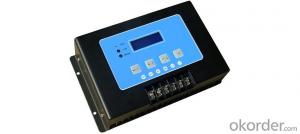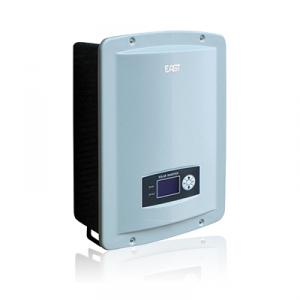Aurora Solar Inverter Riso Low
Aurora Solar Inverter Riso Low Related Searches
Riso Low Solar Inverter Aurora Solar Inverter Aurora Solar Inverter Price Aurora Solar Power Inverter Solar Inverter Low Price Aurora Solar Panel Inverter Aurora Solar Inverter Warranty Cost Solar Inverter Solar System Inverter Cost Solar Inverter Cost Cheap Solar Inverter Small Solar Inverter Price Solar System Inverter Price Inverter Solar System Price Inverter Price Solar Battery Less Solar Inverter Aps Solar Inverter Solar Inverter Price Cheap Solar Power Inverter Solar Power Inverter Cost Cost Of Solar Inverter Easy Solar Inverter Solar Inverter Voltage Drop Aps Solar Micro Inverter Inverter Battery Solar Price Inverter Cost Solar Panel Solar Micro Inverter Cost Cost Of Solar Power Inverter Solar Energy Inverter Price Solar Inverter Cost For HomeAurora Solar Inverter Riso Low Supplier & Manufacturer from China
Aurora Solar Inverter Riso Low is a high-performance solar inverter product designed to optimize energy conversion efficiency and maximize power output. This advanced technology is engineered to handle various solar panel configurations and is compatible with a wide range of solar energy systems. The product is known for its reliable performance and robust design, making it an ideal choice for residential and commercial applications. The Aurora Solar Inverter Riso Low is widely used in solar energy projects where efficient power conversion and reliable operation are essential. It is particularly suitable for installations that require a compact and lightweight inverter with high efficiency and low noise levels. Okorder.com is a leading wholesale supplier of Aurora Solar Inverter Riso Low, offering a vast inventory of this product to cater to the needs of various customers. The company is committed to providing top-quality solar inverters at competitive prices, ensuring that customers receive the best value for their investment in renewable energy solutions.Hot Products
